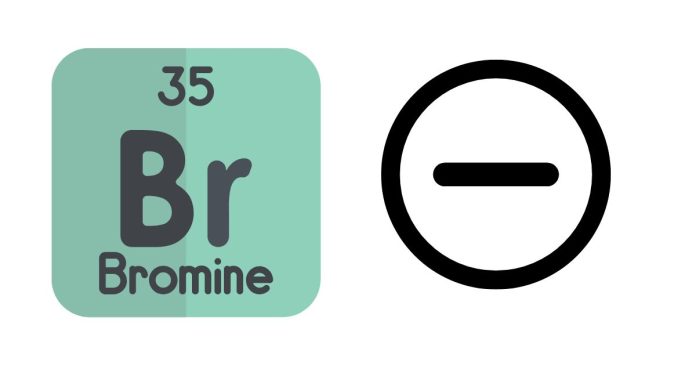Bromine (Br) is a halogen element in Group 17 of the periodic table. As a halogen, it has a strong tendency to gain electrons in order to achieve a stable electron configuration. The most common ion charge for bromine is -1.
Why Does Bromine Have a Charge of -1?
Bromine has 7 valence electrons in its outermost shell, and to achieve a stable octet (8 electrons) like the noble gases, it tends to gain 1 electron. This gives the bromine atom a negative charge because it now has one more electron than protons.
The resulting ion is called the bromide ion (Br⁻).
Other Possible Charges
While -1 is the most common charge for bromine, under certain conditions, bromine can form positive ions. However, these are much less common and typically occur in highly reactive or unusual chemical environments. For example, Br₂ molecules (in their elemental form) may have oxidation states of +1, +3, or even +5 in specific compounds like bromine pentafluoride (BrF₅), but these are far less typical.
The most common ion charge for bromine is -1, where it forms the bromide ion (Br⁻) by gaining one electron. This behavior is typical of halogens, which generally strive to complete their valence shells by gaining one electron to achieve a stable, full outer shell.


